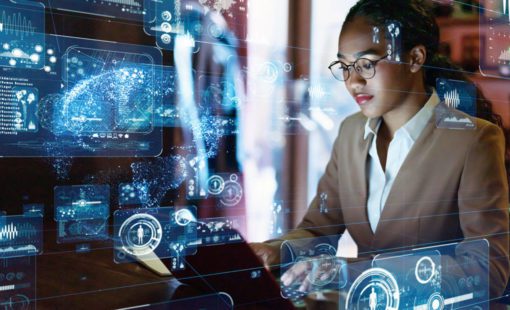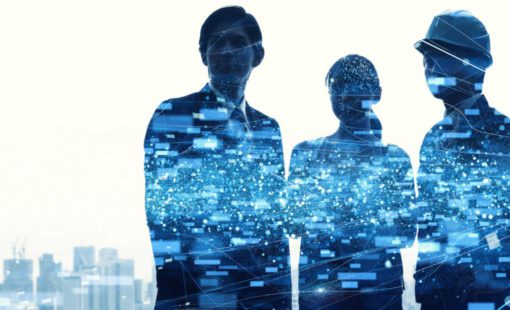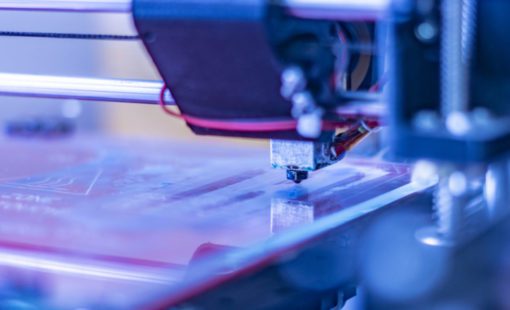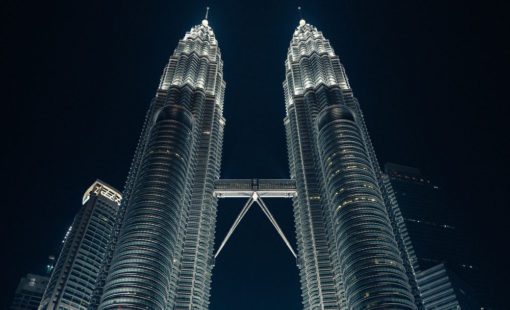
- Blog
COVID has not only been disruptive to our daily lives but now we’re seeing the effects on our work lives as well. Companies are facing new challenges, from remote tool access to the purchase and distribution of new online tools.

- Blog
Thanks to advancing technology, products are becoming more feature-rich and in turn, more complex. They must incorporate sophisticated electronic and electrical systems to provide the interconnectivity and user experience modern consumers demand. As a result, many organizations increasingly rely on systems engineering.

- Blog
Products are increasing in complexity at an astonishing rate. Smartphones are just one example: today’s devices combine the functionality of yesterday’s phones, cameras, calculators, and pagers and place desktop applications and internet browsers in the palms of our hands. Advancing electrification, mass miniaturization, and IoT-driven digitization are making a vast range of devices smarter and smaller. To cope with these changes, manufacturers must transform the way they develop complex systems. This post compares and contrasts the traditional and modern approaches to developing and verifying products.

- Blog
There’s no doubt about it: products are getting smarter. And that translates to increasing complexity for manufacturers. Traditional mechanical products suddenly require cabling and wiring, internet connectivity, and embedded software to function.

- Blog
Customer demands and marketplace competition are placing engineers under mounting time pressures. An organization’s development schedules must shorten to keep pace with the industry and the wider market. Many established digital tools are now available to accelerate development lifecycles. Simulation is one of them. Engineers use digital simulation-driven design to expedite innovation and move product development forward.

- Blog
Manufacturing wants to leap into the world of the Jetsons. But there is one small problem: every time leadership consults a compass, it shows a different way forward. At first, there was digital automation, which was soon replaced by digitization. Then ...

- Blog
Whenever I visit an organization engaged in systems engineering, the #1 challenge is always the same. Large or small, seasoned or new, government or commercial, the complaint is always the shortage of good systems engineers. The common refrain is “we don’t have enough, and many of the ones we have are retiring.”...

- Blog
Mission complexity is growing faster than our ability to handle it. As traditional methods are coming under pressure, the evolution of model-based systems engineering promises help. David Long, President of the systems engineering company Vitech, explains how.

- Blog
What makes for good systems engineering? We all know how difficult systems engineering is, but how well are we doing?

- Blog
OTSAW is a global company developing robotics solutions for security, delivery, and mobility applications, implementing their self-driving and artificial intelligence technologies into cutting-edge machines. Wired for duty, OTSAW’s autonomous security robots are serving and protecting.

- Blog
You may have heard about Zuken’s recent acquisition of a Model-Based Systems Engineering (MBSE) company called Vitech Corporation. Yes, Vitech has an MBSE product called GENESYS, but first and foremost, they are a Systems Engineering company. Let’s take a look at Zuken’s leap into digital engineering and MBSE to understand the WHY.

- Blog
Yes, it is true that even today, so many years after 3D printing started to garner attention and acclaim, rapid prototyping remains the single most common use for 3D printers. 3D printers offer the innovator advantages in the form of shorter turnaround times, improved development secrecy and greater design freedoms. But…it is also true that 3D printing isn’t going to remain as a tool for primarily rapid prototyping for much longer.

- Blog
AI (Artificial Intelligence) is everywhere. Second-guessing our playlists, what we want to buy, where we want to go and how to get there. Often unseen. Always present. AI can do this because it has access to Big Data. Powerful machine learning can make just about anything a lot smarter. How much data is big data?

- Blog
What exactly is a digital twin? It is a simulated model of an actual working product in the field...

- Blog
Today, there are many new concepts emerging that can dramatically improve product development. The idea of a Digital Twin is one that offers quite a bit of promise for the development of electrical and electronic systems. There’s been quite a bit of buzz about it lately as well as a lot of confusion. Right now, there are a few different definitions of the Digital Twin. In this post, we’ll explain the value of two of them.

- Blog
In this post, we’ll give an overview of what Zuken is doing to address the design domain convergence. We’ve been working hard to improve both the CR-8000 and E3.series solutions to make collaboration between electrical and mechanical engineers easier than ever.